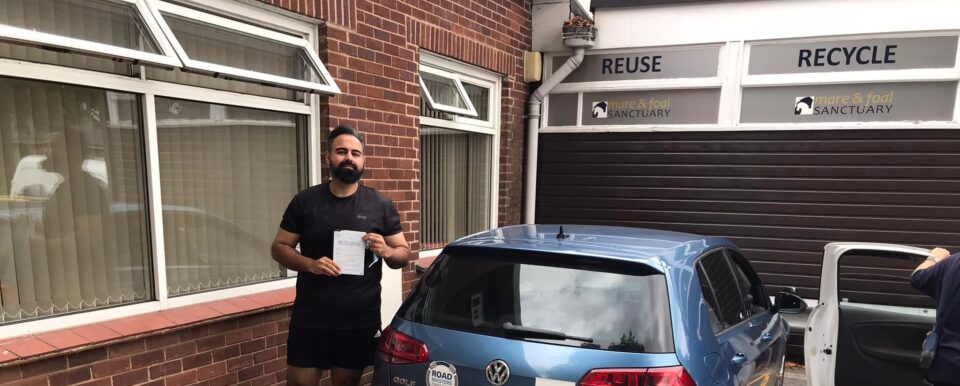
Following the changes made to the driving test in 2017, the BBC news website published an article at the end of last year asking the question ‘Is the driving test getting more difficult?’.
It’s just over a year since some changes were made to the practical driving test, these were:
- Increasing the time that the driving test candidate drives without turn-by-turn directions from the driving examiner (known as the independent driving part of the test) to 20 minutes
- Asking the driving test candidate to follow directions from a Sat Nav during the independent driving (candidates in one in five driving tests will be asked to follow traffic signs instead)
- Removing the ‘reverse around a corner’ and ‘turn-in-the-road’ manoeuvres from the test, instead driving test candidates will be asked to complete one of the following;
- parallel park at the side of the road
- park in a bay – either driving in and reversing out, or reversing in and driving out
- pull up on the right-hand side of the road, reverse for 2 car lengths and rejoin the traffic
- Including two ‘show me, tell me’ questions about safety tasks during the test, one to be asked before the driving test candidate starts driving and one to be asked during the test while the driving test candidate is driving.
So, what affect have these changes had, if any, on the overall pass rate and is there any evidence to show that the driving test is in fact getting easier or more difficult?
Overall Pass Rates have changed very little
According to official figures, since the changes were implemented in December 2017 the pass rate has been 45.5% (up-to December 2018). Although this is slightly lower than some recent years the pass rate has fluctuated by only a couple of percentage points for the last 9 years (https://www.gov.uk/government/statistical-data-sets/driving-test-failure-reasons-data).
As the DVSA’s Chief driving examiner Mark Winn explains, the driving test changes weren’t made to make it more difficult; “The driving test was changed to make sure new drivers have the skills they need to help them through a lifetime of safe driving – not to make it harder,”
“The old driving test spent a disproportionate amount of time on low-risk roads, such as housing estates, largely to access locations to carry out manoeuvring exercises. The changed manoeuvres, while testing the same skills, are more representative of what new drivers will encounter in their everyday driving.”
Does the longer independent driving mean that it is easier to pass in quieter areas?
Some of the statistics may prove this point as half of London’s test centres have the lowest pass rates. However, looking at those figures in isolation cannot link them directly back to the changes that were made recently.
Jan Freeborn, a driving instructor based in London, explains: “When it’s more congested, there’s a higher likelihood of coming across a challenging moment. Driving in London, there are more challenging moments, so more opportunities for mistakes.”
However, Bruce Johnston, a driving instructor from Haddington, East Lothian, a small town with one of the highest pass rates in Britain explains there are also challenging conditions in quieter areas too; “There is a lot of country road driving now in the test. There are narrower roads which can’t fit two cars. It’s all about anticipating what’s around the corner.”
Why do candidates fail their test?
For more than 10 years, incorrectly observing traffic at junctions has been the top cause for driving test candidates to fail their test, closely followed by using mirrors correctly when changing direction. Something to remember if you’re learning to drive at the moment!
Here are the top 10 reasons for candidates failing their test, as published by the Driving & Vehicle Standards Agency:
- Observation at junctions
- Failing to check mirrors
- Control of steering wheel
- Turning right at junctions
- Failing to move off safely from stationary position
- Positioning of car on road
- Stalling or accelerating quickly when starting
- Response to traffic lights
- Reverse park control
- Response to traffic signs
In our opinion, the recent changes made to the driving test cannot specifically be linked to any data to suggest that the driving test is getting any more difficult (or easier!). It is always our aim to make sure our pupils are the safest drivers they can be. As the amount of traffic increases on our roads and driving conditions change with the introduction of new technology (Sat Navs for example) we welcome any changes to the driving test that make our roads safer.

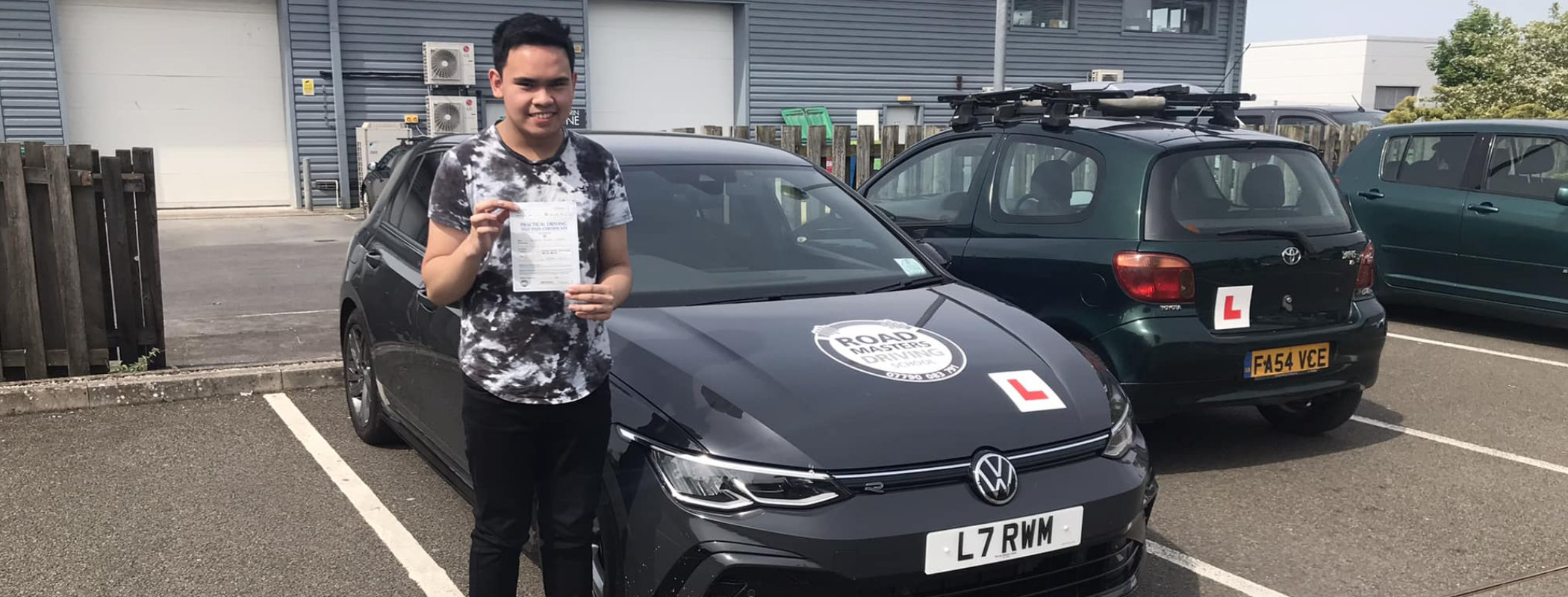


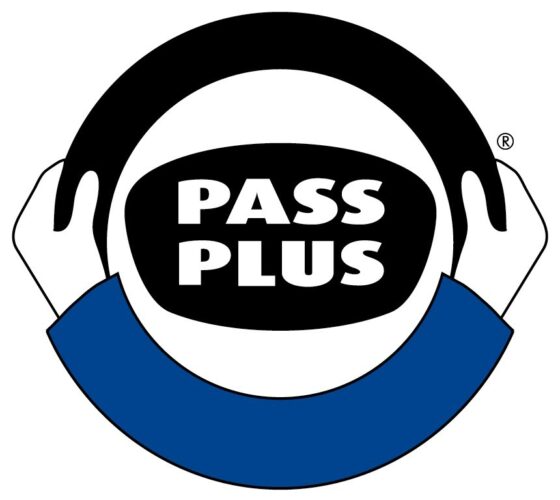
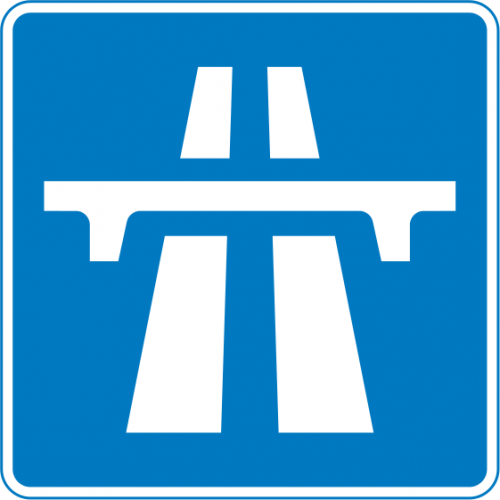 As of yesterday (4th June 2018) learner drivers of cars in England, Scotland and Wales can now drive on a motorway with an approved driving instructor!
As of yesterday (4th June 2018) learner drivers of cars in England, Scotland and Wales can now drive on a motorway with an approved driving instructor! This subject, driving distractions, comes to the forefront far more as the days become shorter and more of us are driving in the dark. Aside from the obvious darkness and having to use your lights to see and be seen, also you will tend to tire more quickly and could be dazzled by bright lights.
This subject, driving distractions, comes to the forefront far more as the days become shorter and more of us are driving in the dark. Aside from the obvious darkness and having to use your lights to see and be seen, also you will tend to tire more quickly and could be dazzled by bright lights. Buying a Used Car? Use This Checklist and Avoid Disaster!
Buying a Used Car? Use This Checklist and Avoid Disaster! You wouldn’t drink drive, but what about driving whilst dehydrated? A
You wouldn’t drink drive, but what about driving whilst dehydrated? A  Lose your driving licence
Lose your driving licence
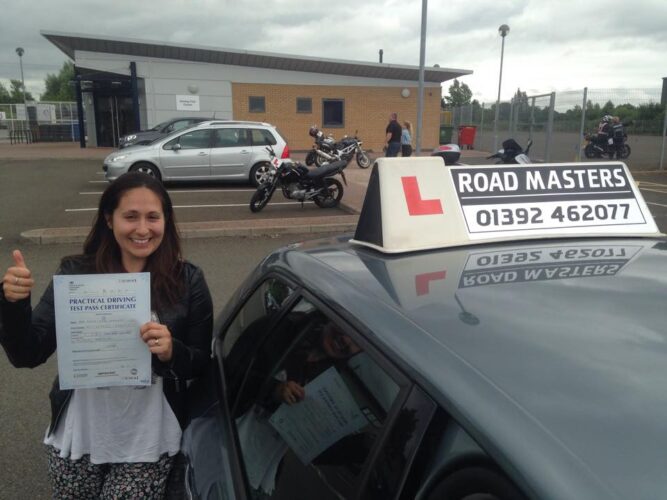
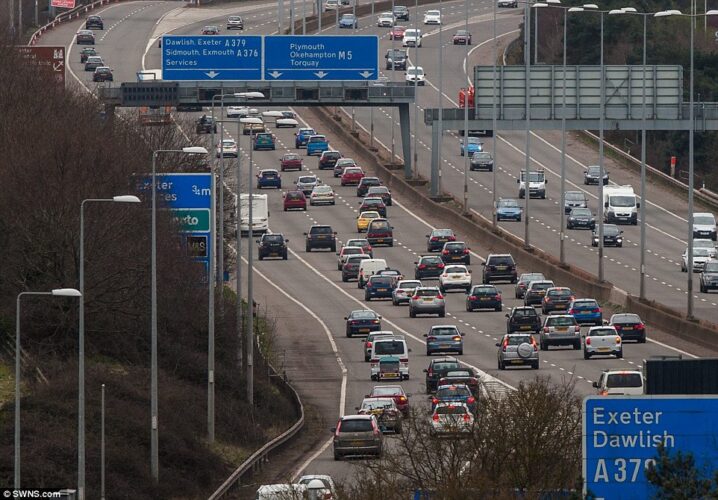 So why is it that we only allow newly qualified drivers onto these roads?
So why is it that we only allow newly qualified drivers onto these roads? Our crash course to passing your driving test:
Our crash course to passing your driving test: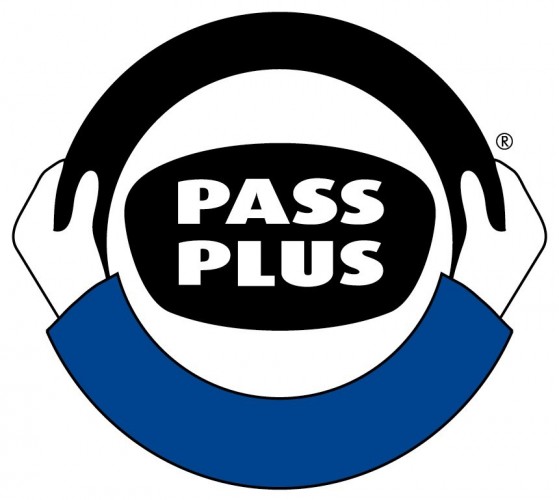 Pass your driving test!
Pass your driving test! Back in November 2015 the government launched a consultation of new proposals to improve the driving test. If these proposals go ahead it could be the biggest shake up of the driving test in over 10 years. The proposals include a ‘cashback’ incentive which will introduce deposit system where it will be returned to the driver if they pass. This is thought to encourage learner drivers to take their test when they are ready as currently only 21% of driving tests result in a first time pass.
Back in November 2015 the government launched a consultation of new proposals to improve the driving test. If these proposals go ahead it could be the biggest shake up of the driving test in over 10 years. The proposals include a ‘cashback’ incentive which will introduce deposit system where it will be returned to the driver if they pass. This is thought to encourage learner drivers to take their test when they are ready as currently only 21% of driving tests result in a first time pass.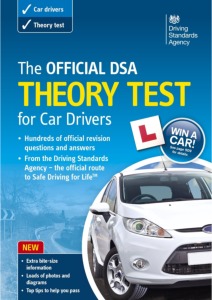
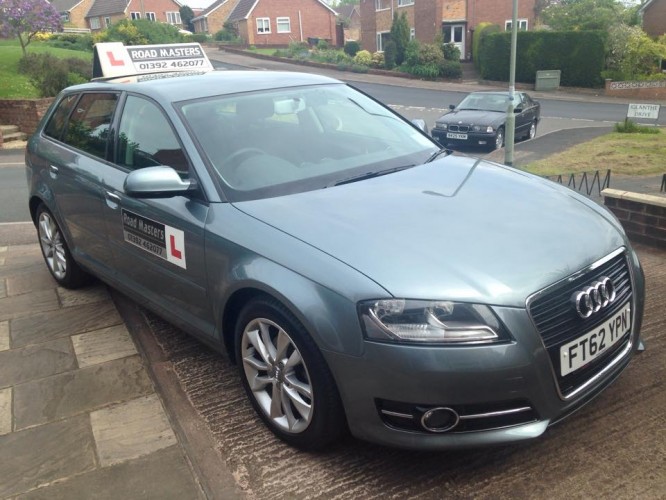 Those of you who’ve been taking
Those of you who’ve been taking 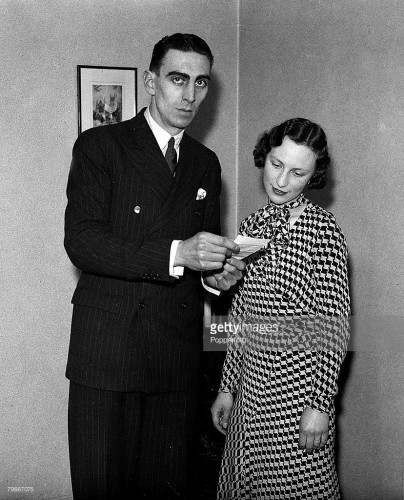
 Hip, hip, hooray, it’s 2015! A time for optimism, excitement and the all important New Year’s resolutions. Now you may have the resolve to keep a brand new exercise regime or diet that you’ve been conscientiously avoiding for the past few months. Alternatively you could adopt the driving-related promises highlighted in this encouraging New Year’s blog.
Hip, hip, hooray, it’s 2015! A time for optimism, excitement and the all important New Year’s resolutions. Now you may have the resolve to keep a brand new exercise regime or diet that you’ve been conscientiously avoiding for the past few months. Alternatively you could adopt the driving-related promises highlighted in this encouraging New Year’s blog. Young drivers throughout the United Kingdom are likely to be affected by a variety of changes in 2015. Those of you who’ve been taking driving lessons with Road Masters may well be prepared to take your theory and practical tests. You may be interested in the proposals and expected motoring advancements that are highlighted in this blog.
Young drivers throughout the United Kingdom are likely to be affected by a variety of changes in 2015. Those of you who’ve been taking driving lessons with Road Masters may well be prepared to take your theory and practical tests. You may be interested in the proposals and expected motoring advancements that are highlighted in this blog. There are a wide variety of driving hazards that should be taken into account during the winter months. The roads may be covered in snow or ice, visibility may be significantly reduced and particularly irresponsible drivers may be tempted to take to the wheel after drinking. Those of you who’ve only just started taking driving lessons may be particularly concerned about the risks at this time of year. However, the Road Masters instructors have come up with the following tips to ensure that you are properly prepared.
There are a wide variety of driving hazards that should be taken into account during the winter months. The roads may be covered in snow or ice, visibility may be significantly reduced and particularly irresponsible drivers may be tempted to take to the wheel after drinking. Those of you who’ve only just started taking driving lessons may be particularly concerned about the risks at this time of year. However, the Road Masters instructors have come up with the following tips to ensure that you are properly prepared.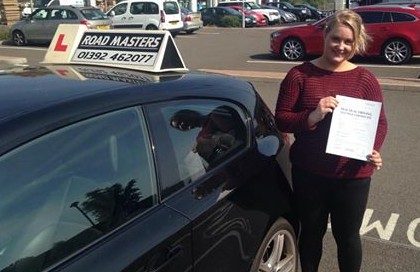 Young people have traditionally been enthusiastic about the prospect of learning to drive. The successful completion of the driving test has been seen as a way of gaining increased freedom and independence. However, recent media reports have revealed that young people are perturbed by the costs of driving lessons and vehicle ownership. Thankfully the Road Masters team have come up with the following budget friendly tips.
Young people have traditionally been enthusiastic about the prospect of learning to drive. The successful completion of the driving test has been seen as a way of gaining increased freedom and independence. However, recent media reports have revealed that young people are perturbed by the costs of driving lessons and vehicle ownership. Thankfully the Road Masters team have come up with the following budget friendly tips. Research by different motoring organisations has revealed that distracted drivers are particularly likely to be involved in serious accidents. However, the chances of maintaining concentration are diminishing as people become increasingly attrached to mobile phones, sat navs and other technological devices. Young drivers who are particularly concerned about this safety issue should follow the advice outlined in this helpful blog.
Research by different motoring organisations has revealed that distracted drivers are particularly likely to be involved in serious accidents. However, the chances of maintaining concentration are diminishing as people become increasingly attrached to mobile phones, sat navs and other technological devices. Young drivers who are particularly concerned about this safety issue should follow the advice outlined in this helpful blog.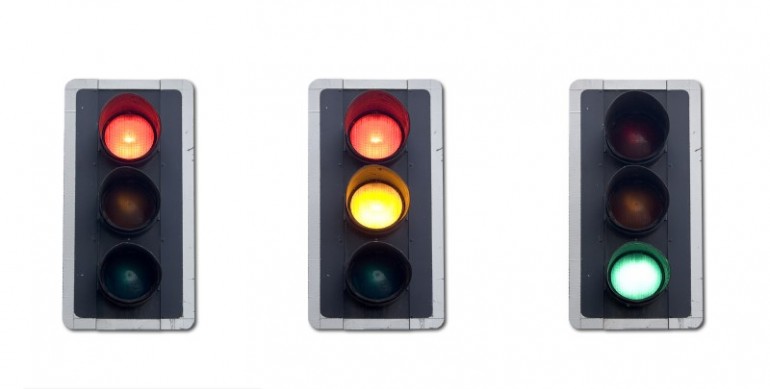 Those of you who’ve made the choice of combining college studies with driving lessons may well be debating whether to take your cars to university. You might be tempted by the thoughts of increased freedom and independence. However, the costs of vehicle insurance and maintenance may seem a little prohibitive. Thankfully the experienced Road Masters instructors have come up with some helpful advice for your consideration.
Those of you who’ve made the choice of combining college studies with driving lessons may well be debating whether to take your cars to university. You might be tempted by the thoughts of increased freedom and independence. However, the costs of vehicle insurance and maintenance may seem a little prohibitive. Thankfully the experienced Road Masters instructors have come up with some helpful advice for your consideration. Those of you learning to drive with Road Masters may be alarmed to hear that rain is one of the most common causes of road accidents. The reasons include reduced visibility and vehicle control. However, our instructors consider it a priority to prepare you for torrential downpours during
Those of you learning to drive with Road Masters may be alarmed to hear that rain is one of the most common causes of road accidents. The reasons include reduced visibility and vehicle control. However, our instructors consider it a priority to prepare you for torrential downpours during 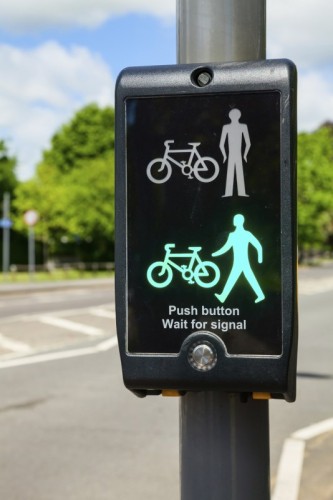 As a learner driver you may be particularly worried about the great variety of driving hazards. You might be concerned at the prospect of encountering pedestrians who show little regard for the basic rules of road safety. You may also be daunted by the hazard perception element of the driving test. However, you can prepare for the unexpected by reading this informative blog.
As a learner driver you may be particularly worried about the great variety of driving hazards. You might be concerned at the prospect of encountering pedestrians who show little regard for the basic rules of road safety. You may also be daunted by the hazard perception element of the driving test. However, you can prepare for the unexpected by reading this informative blog.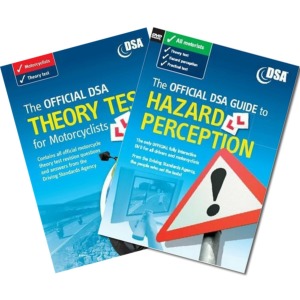 Summary Of Graduated Driver Licensing
Summary Of Graduated Driver Licensing Those of you who are currently training for the DVSA driving test may not be inspired by the thought of taking the Pass Plus exam. You’ll probably be quite keen to ditch your L plates and enjoy the freedom of the open road. However, the Road Masters driving team urge you to consider the variety of Pass Plus benefits outlined in this blog.
Those of you who are currently training for the DVSA driving test may not be inspired by the thought of taking the Pass Plus exam. You’ll probably be quite keen to ditch your L plates and enjoy the freedom of the open road. However, the Road Masters driving team urge you to consider the variety of Pass Plus benefits outlined in this blog.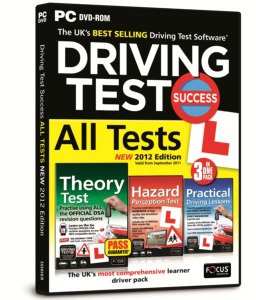 It is quite possible that you have spent a considerable amount of time and money learning how to drive. You might even have experienced the emotional strain of driving lessons with friends or family members. However, you’ve shown the determination to overcome the negative experiences and become a fully fledged member of the motoring community. There’s just one small problem. You still have to pass the dreaded driving test. Thankfully the Road Masters driving instructors have come up with these exceedingly helpful test tips.
It is quite possible that you have spent a considerable amount of time and money learning how to drive. You might even have experienced the emotional strain of driving lessons with friends or family members. However, you’ve shown the determination to overcome the negative experiences and become a fully fledged member of the motoring community. There’s just one small problem. You still have to pass the dreaded driving test. Thankfully the Road Masters driving instructors have come up with these exceedingly helpful test tips.

